Understanding Toxic families Patterns in Contemporary Context

What is family? It is said that a Family is a group of people related either by consanguinity (by recognized birth) or affinity (by marriage or other relationship) as a given definition. The purpose of the family is to maintain the 'well-being' of its members and society. Ideally, families offer predictability, structure, and safety as members mature and learn to participate in the community.
Instead of a family being home for peace, many of us end up feeling anxious or apprehensive when we have to interact with our elders or siblings.
Their attitude makes us more aloof from the internal circle of dominance dominating as a normal culture of that family structure. It may feel so wrong to feel suffocates being with them- however, you know it was never a feels-good experience staying with domination in the form of 'care'.
While reflecting on the context of where we are brought up with so much patriarchal conditioning and regressive cultural practices as a norm- it's difficult to understand how toxic a family is or the family members we share our everyday life. There is a need to point out such an abnormality that is culturally accepted as normal under patriarchal conditioning.
It is said that toxic people often create “drama," and they tend to overreact emotionally and create scenes in public or within a family. They end up spreading their toxicity to others either by gossiping or by sharing their negative interpretation of every incident. Worse is that we may feel confused, manipulated, and emotionally harmed after interacting with them or asserting our boundaries.
It is also a fact that all families have disagreements and conflict, however, toxic family systems use extremely unhealthy ways of interacting with each other and resolving conflict. While disagreements and tension are inevitable in any family, how the conflict is handled is what differentiates a healthy family system from a toxic family system.
Dysfunctional families, commonly known as toxic families, are instituted through harmful behavior patterns that don’t respect the individuality of every member.
A study shows that it’s common for children in toxic families to be the target of psychological or physical aggression. This harms the development and healthy growth of their affective relationships. Furthermore, 'there are as many different kinds of toxic families as there are destructive attitudes.'
When certain characteristics occur within the same family system, we may be talking about an environment of ambivalent emotionality, which is identifiable.
Let's ponder on the five characteristics of toxic families described in the Human Relationships columns of "Exploring Your Mind":
- The absence of individuality
Toxic families aren’t exactly specialists in respecting the personal space of their members. Therefore, they end up converting free affective dynamics into coercive affective dynamics.
The toxic family ends up being united by obligation, not devotion. In addition, family members contaminated by toxic contacts that undermine their individuality become victims of the need for approval.
This entails the assumption of dissonant and unhealthy responsibilities. The family members adopt extreme attitudes of overprotection or aggression. These disable their healthy emotional and social development.
2. Overprotection or total neglect
Again, we’re speaking of extremes. As we know, neither is ever good. Overprotection is the opposite pole of autonomy and freedom, which is why it generates great dependency and emotional damage.
"If we rescue our loved ones from all evil, then we deprive them of the opportunity to grow and learn to develop their resolution strategies. This generates an intense and devastating feeling of uselessness."
Overprotective people obtain great secondary gains from excessive care. In this way, they make the overprotected person dependent. They completely control their lives. This is, in a way, synonymous with manipulation.
Within the toxic family, there’s also total neglect toward parenting or emotional contact. This is almost the same as abandonment, one of the great wounds of childhood that persist into adulthood.
3. The rule of “what’s not talked about doesn’t exist”
Avoiding addressing a problem is one of the most common and damaging characteristics of a toxic family. This is impaired communication in its purest form. Even verbal isolation doesn’t imply non-communication, because silence communicates.
In these cases, what silence transmits is tension and danger. This coexists with the discordant and self-destructive message of ” There’s nothing wrong”.
Not talking about conflicts generates real emotional bombs. These bombs get bigger over time until suddenly, they explode. This involves the destruction of all well-being.
4. Lack of flexibility and fuzzy boundaries
In toxic families, there’s a lack of flexibility in all aspects. Consequently, if one of the family members changes, the drama increases. Indeed, without a doubt, if one of them starts to change their attitude and show love, other family members will set the alarm bells ringing.
Roles are established utilizing unwritten rules. Anything that endangers the comfort of the family provokes extreme and dramatic attitudes.
There may also be a total and absolute absence of boundaries. This produces a lack of emotional regulation in the family members. Once again, there’s the tendency for dramatics, whether in a veiled way or not.
5. Presence of abuse
Logically, all of these dysfunctions in communication, affectivity, and responsibility lead family members to commit abuse. However, within the toxic family, they’re generally seen as normal conflicts. Nevertheless, they’re far from normal.
These abuses can be toward others, such as physical or emotional abuse, or self-inflicted. In the latter case, addictions and self-harm appear.
These five characteristics are pillars on which toxic or dysfunctional families are based. Becoming aware of them can help us rescue our individuality and that of the people around us.
Unfortunately, many families with a history of conflict or adverse childhood experiences or adult children of alcoholics may think these family dynamics are “normal.” And they may be normal—but are they healthy? If family patterns are chronically causing us distress and impairment, including anxiety and depression, we may need to re-assess our orientation.
The issue of distancing and estrangement from toxic family members is a very complicated and personal one.
The connection between psychopathic traits and crime is well-researched, but the rate of victimization within families and relatives is lacking research and is not fully understood (Leedom, 2017). However, psychologists find the clinical problem of personality disorders is increasingly prevalent among patients who create toxic family dynamics (S.Tracy 2020).

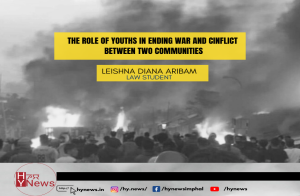




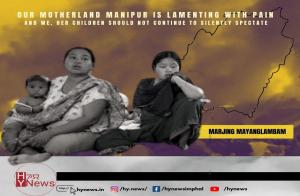




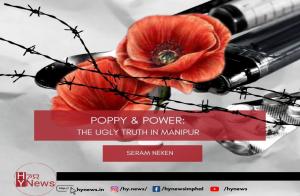
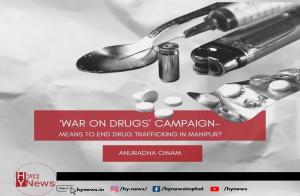








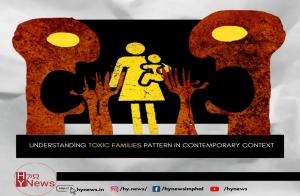
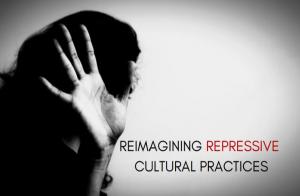
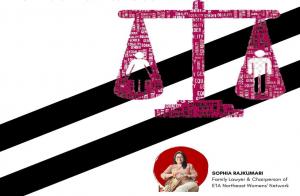

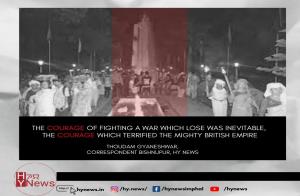




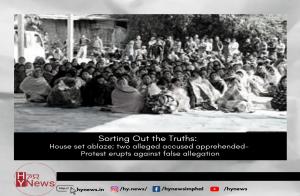





Leave Comments